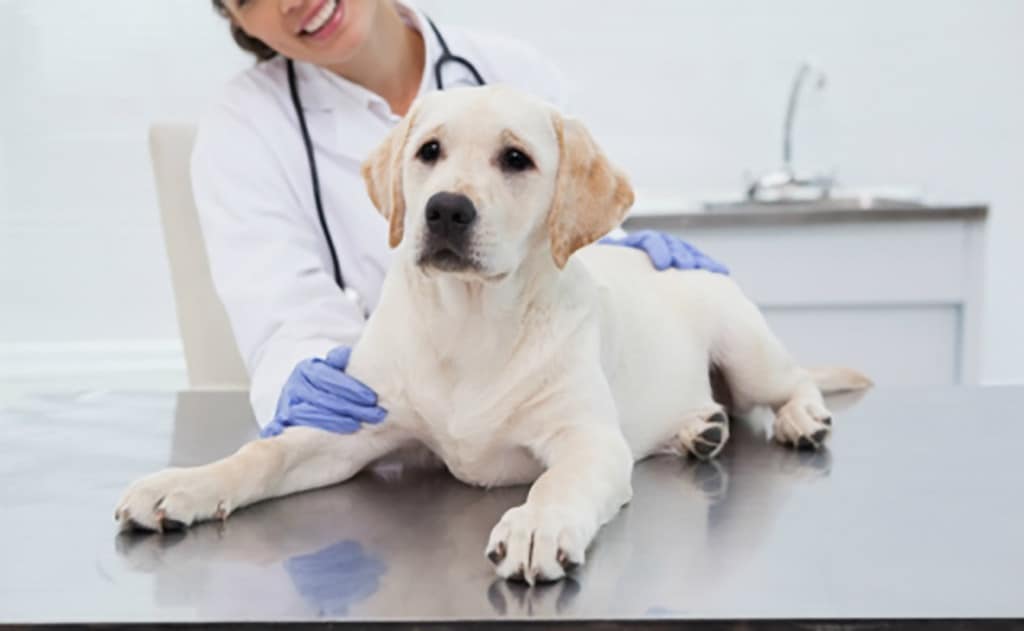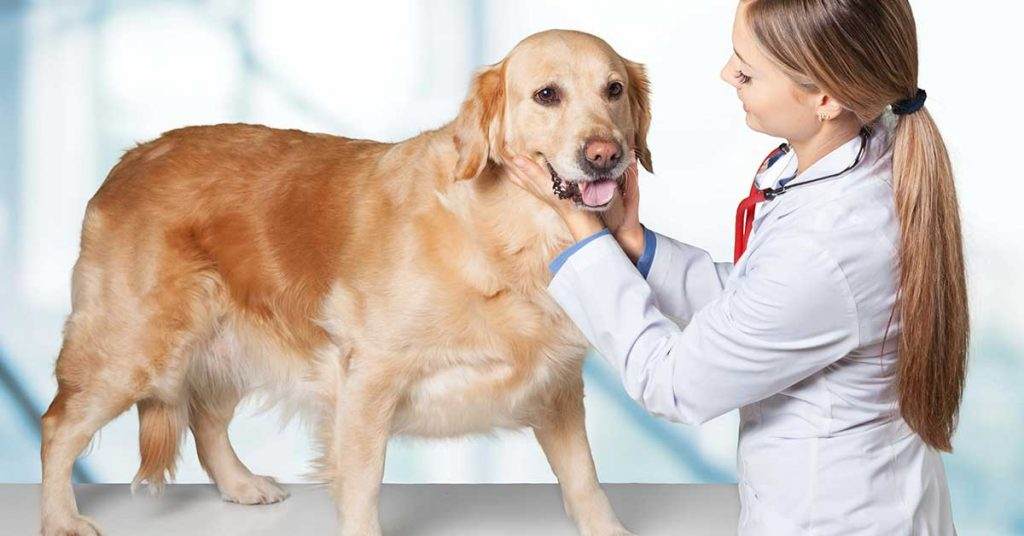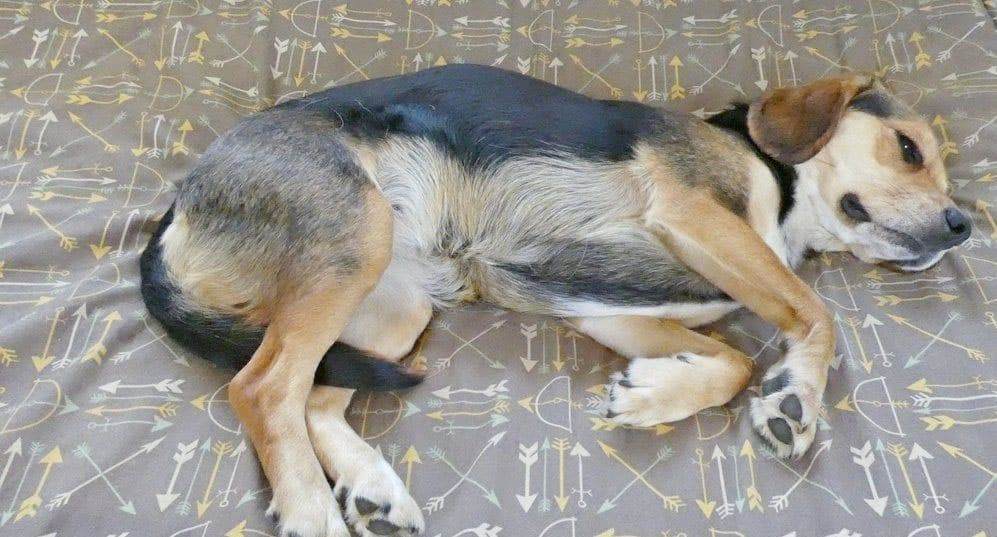To neuter or not to neuter; this is a question that most pet parents struggle with. Neutering is a surgical procedure that is used to sterilize a male dog — it can also be used to sterilize female dogs. The procedure has many benefits, including taming unwanted traits, behaviors, minimizing the risk of certain diseases, and reducing conflicts among dogs.
In the procedure, a vet removes the testicles by making an incision on the front side of the scrotum. For the majority of cases, this incision may require stitching and probably an Elizabethan collar to prevent the dog from licking the wound. In around two weeks, the incision is completely healed, and the pet is free to resume a normal life. Neutering is simpler than spaying.
Most pet owners lack adequate information on neutering, but a responsible pet parent must invest in getting sufficient and factual details on neutering. It’s thus essential to know what to expect when it comes to dog neutering.
What’s the Appropriate Time to Neuter a Dog?
For male dogs, once they attain the age of eight months, you can neuter them. In the past, most vets were of the view that one has to wait until their dog attains puberty at the age of six months; some still encourage the practice. If you’re still in doubt when to carry out the procedure, it’s wise to talk to your vet.
In most cases, dogs that get neutered before they attain puberty grow bigger than those that a neutered after puberty since testosterone is critical for bone growth. Many dog breeds reach puberty at the age of five or six months.
If you note your dog’s testicles have not descended, the dog still requires neutering. Cryptorchidism is the term used for such dogs. Research has proved that such dogs have a higher probability of acquiring testicular tumors than ordinary dogs. It’s, therefore, essential to neuter these dogs to minimize the risk of testicular tumors.
As you think of neutering your dog, it’s also necessary to know that older dogs and those in poor health or the overweight may suffer complications during this surgical procedure. But the good news is that your veterinarian can manage the situation. The benefits of this procedure outweigh the risks; therefore, talk to your vet for bets advice if your dog is at risk of complications.
How Much Shall I Pay for This Procedure?
We can’t talk of a specific figure regarding neutering or spaying since the cost varies depending on the breed of your dog and the vet. But on average the fee may range from $50 to $175.
Castrating female dogs is more costly than neutering male dogs since the former will involve surgery of internal organs. The age and size of the dog also matter. For example, large dogs require more anesthesia, and the surgery takes longer.
If you want to get a better price when castrating your dog, you can contact animal charities that offer the procedure for free or at discounted prices.
Why Should You Castrate Your Dog?
If your dog isn’t neutered, it’s referred to as an intact. De-sexing, neutering, and castrating are terms that have the same meaning and can be used interchangeably. They refer to the elimination of the ability of your dog to sire offspring. Let’s consider some of the significant benefits of neutering.

1) Minimizing aggression and dominance
Though neutering doesn’t alter the synthesis of testosterone in the dog’s body completely, the procedure leads to a marked reduction in the level of testosterone in the dog’s body.
As you know, testosterone is responsible for the expression of male traits in dogs. On the contrary, if your dog’s aggression is due to training or socialization, it may not fade with castration.
For aggressive dogs, it must take care of their behavior in dog parks as outlined in the article on this website.
2) Reducing male traits like leg lifting
Male dogs under the influence of testosterone do what we call “marking” territories. If you are observant of your male dog’s behavior, especially when you have gone for walks, they are notorious for lifting their legs and spraying urine in an area to mark their territory. It’s interesting to note that some dominant dogs may even mark territories in your house.
3) Re-focusing the dog’s attention
An intact male has much interest in other dogs. They are either looking for possible rivals or mates. Neutering is an excellent way of re-focusing your dog’s attention. Alternatively, you can employ respect training to enable the dog to refocus on you as the owner.
The 15 dog training commands will help you out in keeping your dog active and always listen to you.
4) Minimal attacks
Since an intact dog is very aggressive, neutering can help to reduce the incidences of your dog been attacked. Again, if your dog isn’t aggressive, the fact that they are intact makes them vulnerable to attacks by other dogs that view them as rivals.
Intact males are subject to a higher risk of attacks by fellow males when they are chasing females to mate. When female dogs are on heat, they release potent scents that attract male dogs miles away. Intact males can’t resist running after the bitches, and thus if they aren’t as healthy or big as the rivals they may get attacked and injured in the process.
5) Reduced sexual behaviors
Intact dogs express sexual behaviors by mounting on other dogs, pillows, or people’s legs. These behaviors occur mainly when your dog is over-stimulated, if you have never discouraged such actions or if they lack exercise. Castrating your dog will assist in limiting these behaviors.
6) Preventing testicular cancer
Around 7% of intact males acquire testicular cancer. Though this form of tumors rarely become malignant (cancerous), castrating your dog can help to minimize the risk of developing these tumors.
7) Reducing prostate disorders
Most dogs above the age of five years suffer enlarged prostate. The affected dogs will present with difficulties in bowel movement and urination. Though a vet can easily resolve this problem, timely neutering is the best way to prevent these prostrate disorders.
8) Stops breeding
Breeding dogs is a way of increasing dog populations. Increased dog populations are a serious problem, especially in the US, since all these dogs need care. Additionally, dogs with undesirable traits or hereditary disorders should not be allowed to breed.
Thus neutering is a safe way of selecting breeds, hindering the transference of undesirable traits, and maintaining dog populations at manageable levels.
9) Reduced risk of perianal fistula
Perianal fistula is a condition characterized by a painful skin disease that results in boils developing and rapturing at the dog’s anal region. The condition is difficult to treat. Though this condition can occur in any dog breed its more common in intact Irish setters, German Shepherds and Leonbergers.
10) Reduced risk of breast cancer in females
Breast cancer is common in aging dogs and can be prevented by neutering female dogs at the age of two or three years. According to research evidence, the risk of breast cancer in bitches increases with age.
11) Keeping off male dogs
When a female dog is on heat, they attract scores of male dogs from the neighborhood. These invading dogs can cause havoc in your home. They can damage your fence or even break your doors. The dogs are also noisy and make you lack sleep at night. Thus neutering will help to save you from these problems.
12) Minimizing responsibilities
When your bitch gets pregnant, you will incur added responsibilities of taking care of the pregnancy and her litter once she gives birth. Additionally, you’ll have to find homes for the puppies. If you can afford the added cost that comes with pregnancy and taking care of the puppies, consider neutering.
How to Prepare Your Dog for Neutering
Typically the work of preparing your dog for surgery mostly lies on the vet. They will conduct lab tests and clinical examinations to ensure your dog is in perfect health for the surgery. They must also ensure the dog has no health condition that can affect the administration of anesthesia.
As the pet owner, you will also have some work to prepare the dog for surgery. Make sure your dog doesn’t eat, at least eight hours before the procedure. The dog can take water before the procedure, but you must confirm this with your vet.
What Should You Expect on the Day of Surgery?
Most vet clinics advise dog owners to drop their dogs in the morning for neutering then pick them in the afternoon or evening. The process will take a few minutes, but your dog needs to overcome the effects of anesthesia before you take them home.
Besides, the vet should also observe the pet for a few hours to check how they are responding to the procured and if there are any complications or danger signs, especially for the female dogs.
During the surgery, the vet must monitor your dog’s response to anesthesia keenly to avoid any respiratory or heart complications. After the surgery, the vet must also monitor the dog to ensure they wake up as expected.
What to Do When You Arrive Home
After the surgery, your dog will seem depressed, and they’ll not want to play at all; it’s normal for your dog to remain silent for the forts 24 hours post-surgery. If you have other dogs, ensure the dog is confined to prevent injuries to the incision as they try to play with other dogs or in case other dogs seem aggressive towards the dog.
Select a dark, quiet place for the dog to rest during the recovery process. The room temperature should be appealing, and the bedding must be comfortable. In the recovery process, the dog may be aggressive, thus keep children and other dogs away.
Caring for Your Dog After Spaying
Neutering is a simple surgical procedure, and you should not expect any complications, especially for male dogs. After the surgery, your vet will offer guidelines on how to take care of the dog. In a few weeks, your dog should have fully recovered from the procedure. This is what to expect after surgery.
- Lack of appetite. It’s possible for your dog to lack appetite a day or two after the procedure. This is mainly due to anesthesia and other effects of the surgery.
- You can go home with your male dog the same day after the procedure.
- Expect the scrotum to swell in the first few days post-surgery. This is normal, and you should not be worried if the procedure was successful. The scrotum will start shrinking after a few days. You must take caution to prevent the dog from licking the incision since it can worsen the condition. If the dog can’t stop licking the incision, put an Elizabethan collar on their neck.
- The effects of anesthesia should not exceed 24 hours. After this duration, the dog should be back to their ordinary life.
- If the vet made stitches to the incision, you should take the dog back to the vet after 7 to 10 days for removal. Your vet will advise on this. The duration will vary depending on the stitching material used. Ask for details on how to know when the wound is healed. If the vet used modern stitches on the dog, you wouldn’t need to go back for removal since they’ll fall on their own.
- You must take good care of your dog in the first few days to prevent the opening of the incision. You’ll note that your dog will want to play in a day or two, but you must restrict this behavior since it can reverse the healing process.
Danger Signs After Surgery
If your dog seems to have a discharge from the incision, you should inform the vet for directions on what to do. The same applies if the dog appears to be in much pain. Talk to the vet to know if they require pain medication.
In case of any other worrying signs like difficulties in breathing and walking or prolonged loss of appetite, call your vet since these signs could be fatal.
After neutering the dog will seem depressed, give them time to recover. As you have seen from this article, neutering has significant benefits to you as a pet owner. If you consider neutering your dog, talk to your vet for guidance. Gather as much information on the process as you can to offer the best care to your dog before and after the procedure.
References
- https://onlinelibrary.wiley.com/doi/abs/10.1111/j.1751-0813.1994.tb03351.x
- https://europepmc.org/abstract/med/7892544
Table of Contents




